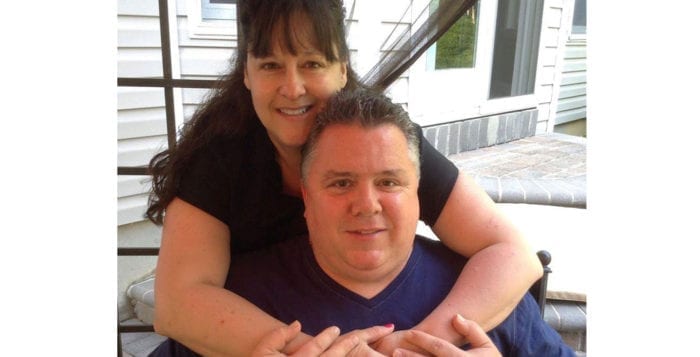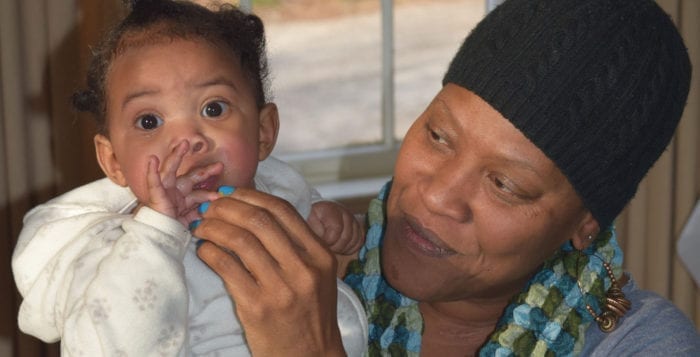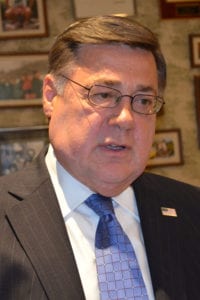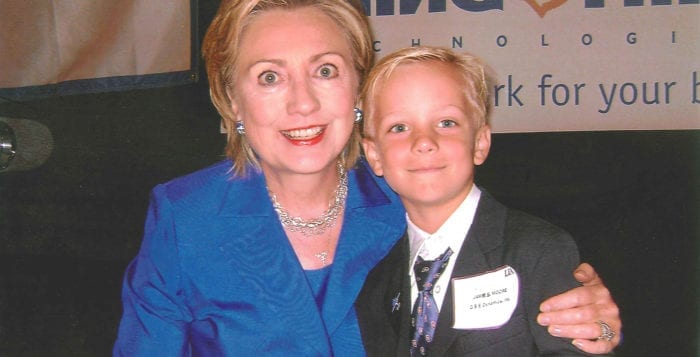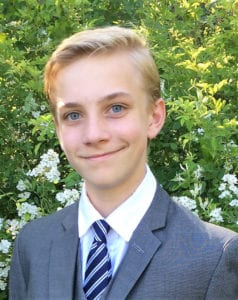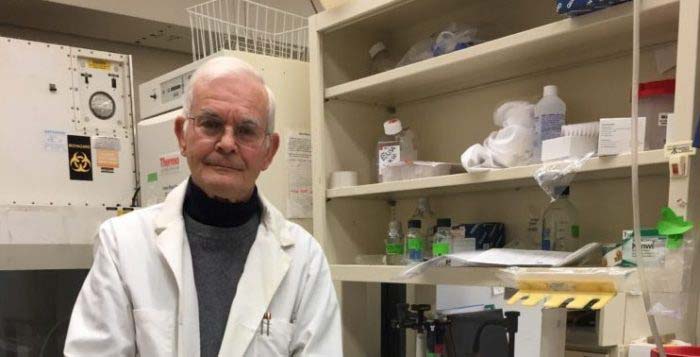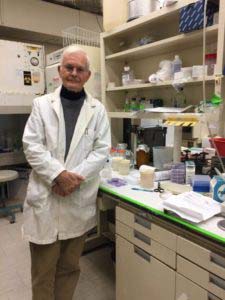By Kevin Redding
While many young people look to television, YouTube videos and sports arenas for a glance at their heroes, a 23-year-old Shoreham resident sees hers every night around the kitchen table.
In Rachel Hunter’s own words in a heartfelt email, her parents — Jeffrey Hunter, a respiratory therapist at Brookhaven Memorial Hospital in Patchogue, and Donna Hunter, a neonatal nurse practitioner at St. Charles Hospital in Port Jefferson — are “the hardest working, most loving, supportive and beautiful people” she’s ever known.

“My parents exude the meaning of character, integrity, respect, responsibility, kindness, compassion and love,” Hunter said. “I can honestly say I’ve never seen two adults that are more amazing standards for human beings.”
Newfield High School sweethearts, the Hunters have been providing care and service for people across Long Island, consistently going above and beyond to ensure their patients are as comfortable, safe and as happy as possible.
For Jeffrey Hunter, 55, whose day-to-day job is to be responsible for every patient in the hospital — from making sure their cardiopulmonary conditions are steady, to drawing blood from arteries, to being on high alert as a member of the rapid response team — the passion for helping people comes from his upbringing in Selden.
“We lived a simple life, and I was always taught to treat people with dignity and respect … the way you would want to be treated,” he said. “I try to practice that every day of my life, not only in work, but with my daily activities.”
He said while the job can be emotionally harrowing at times — working at Brookhaven Memorial Hospital for 31 years, Hunter establishes close relationships with patients who end up passing away after fighting conditions that worsen over time — but it’s worthwhile and extremely rewarding when he can help somebody and bring relief to family members.
“Just to see the look on someone’s face if you can make them feel better, even just by holding their hand … it’s the simple things and it really doesn’t take much, but I think the world needs a lot more of that these days,” he said. “I’m just a general people-person and try to comfort patients in their time of need. It can be really dangerous and sad at times, but I just try to remain hopeful.”
“Just to see the look on someone’s face if you can make them feel better, even just by holding their hand … it’s the simple things.”
— Jeffrey Hunter
Rachel Hunter recalled a day when her father came home from work and told her about an older man in the hospital who felt abandoned and forgotten by his kids, who never called or sent birthday cards.
“I held back tears as my dad told me he sent him a birthday card this year,” she said. “Many leave their workday trying as hard as possible to forget about the long, stressful day, but not my dad. He left work thinking ‘what else can I do? How else can I make a difference?’”
Donna Hunter, 54, said her passion for providing care to neonates, infants and toddlers and emotional support and compassion for their parents and families started when she found out her own parents had full-term newborns who died soon after delivery.
She graduated from Adelphi University with a degree in nursing and received a master’s degree as a perinatal nurse practitioner from Stony Brook University. When fielding questions from people asking why she didn’t go through all her schooling to become a doctor, she says, “because I wanted to be a nurse and do what nurses do.”
“I’m one of those very fortunate people that love the career that I chose,” she said. “Every time I go to work, I’m passionate about being there, I’m excited, and it’s always a new adventure for me.”
Highly respected among staff for the 26 years she’s worked at St. Charles, she tends to newborns in need of specialized medical attention — from resuscitation and stabilization to rushing those born critically ill or with a heart condition to Stony Brook University Hospital.

“Babies are the most vulnerable population, but are incredibly resilient,” she said. “Babies have come back literally from the doors of death and have become healthy, and to be part of that in any small way is very satisfying.”
Maryanne Gross, the labor and delivery head nurse at St. Charles, called her “the calm voice in the room.”
“Donna is who you want with you if you’re having an issue or in a bad situation,” Gross said. “She’s an excellent teacher and just leads you step by step on what you need to do to help the baby. She’s great to be around and I think she was born to do [this].”
Hunter has also dedicated herself to creating a better future regarding neonatal withdrawal, saying the hospital is seeing more and more babies in the Intensive Care Unit affected by their mothers’ opioid use.
She recently gave a 45-minute seminar on the subject at a chemical dependency symposium by St. Charles outlining the newborn’s symptoms, treatment options and what it means for future health. She not only wants to help the baby but also the mother, providing resources to help them recover successfully.
Even with all their accomplishments in the field, Jeffrey and Donna Hunter consider family their top priority. With three children — Jeffrey Jr., 27; Jake, 24; and Rachel — they take advantage of every opportunity they have to be together.
“It’s a juggle as to who’s working, who’s got to go to a meeting, but we make it happen,” Donna Hunter said. “We even take time to play games at our kitchen table … a lot of families don’t do that anymore. We’re very fortunate.”

